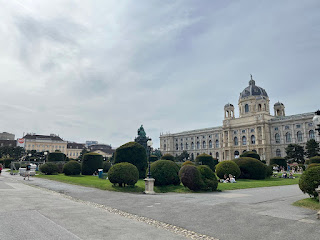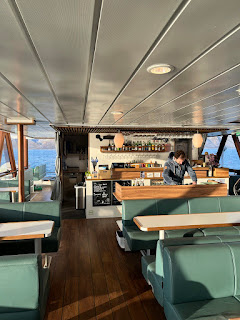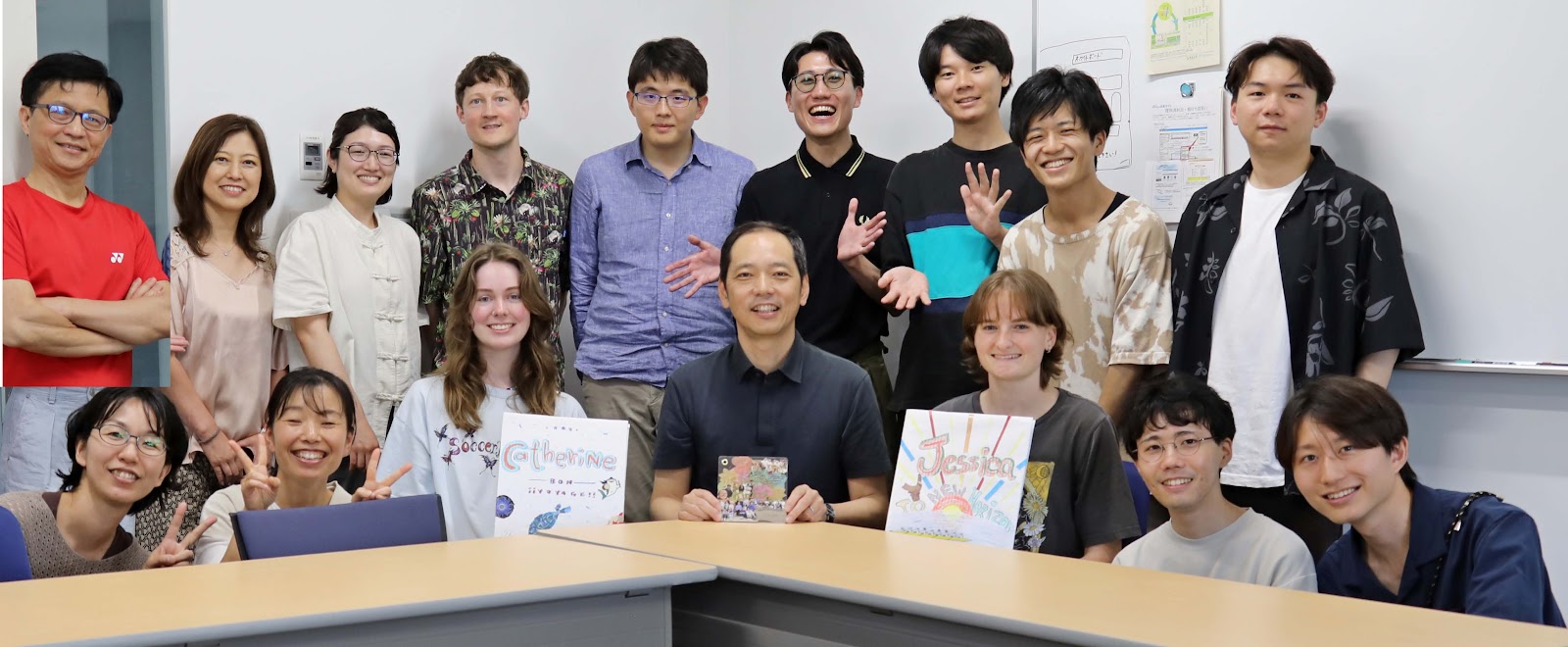Nature
1. Coevolution of craton margins and interiors during continental break-up
Thomas M. Gernon, Thea K. Hincks, Sascha Brune, Jean Braun, Stephen M. Jones, Derek Keir, Alice Cunningham & Anne Glerum
2. Highest ocean heat in four centuries places
Great Barrier Reef in danger
Benjamin J. Henley, Helen V. McGregor,
Andrew D. King, Ove Hoegh-Guldberg, Ariella K. Arzey, David J. Karoly, Janice
M. Lough, Thomas M. DeCarlo & Braddock K. Linsley
Nature Climate Change
3. Enhanced woody biomass production in a mature temperate forest under elevated CO2
Richard J. Norby, Neil J. Loader, Carolina Mayoral, Sami Ullah, Giulio Curioni, Andy R. Smith, Michaela K. Reay, Klaske van Wijngaarden, Muhammad Shoaib Amjad, Deanne Brettle, Martha E. Crockatt, Gael Denny, Robert T. Grzesik, R. Liz Hamilton, Kris M. Hart, Iain P. Hartley, Alan G. Jones, Angeliki Kourmouli, Joshua R. Larsen, Zongbo Shi, Rick M. Thomas & A. Robert MacKenzie
4. Plant–microbe interactions underpin
contrasting enzymatic responses to wetland drainage
Yunpeng Zhao, Chengzhu Liu, Enze Kang, Xingqi Li, Ye Deng & Xiaojuan Feng
5. Reduced Arctic Ocean CO2 uptake due to
coastal permafrost erosion
David M. Nielsen, Fatemeh Chegini, Joeran Maerz, Sebastian Brune, Moritz Mathis, Mikhail Dobrynin, Johanna Baehr, Victor Brovkin & Tatiana Ilyina
Nature Geoscience
6. A satellite-derived baseline of photosynthetic life across Antarctica
Charlotte V. Walshaw, Andrew Gray, Peter T.
Fretwell, Peter Convey, Matthew P. Davey, Joanne S. Johnson & Claudia
Colesie
7. Evidence for subsea permafrost in subarctic
Canada linked to submarine groundwater discharge
Alexandre Normandeau, Jordan B. R. Eamer, Robert G. Way, Emma J. Harrison, Frédéric Cyr, Christopher K. Algar, Jennifer L. Eamer, Haley D. Geizer, Jessica Haddock, Barret L. Kurylyk, Nicolas Van Nieuwenhove, Liz Pijogge, Geneviève Philibert, Katleen Robert, Michelle Saunders, Joseph Tamborski & Audrey Limoges
Nature Communications
8. Experimental warming and drying increase older carbon contributions to soil respiration in lowland tropical forests
Karis J. McFarlane, Daniela F. Cusack, Lee
H. Dietterich, Alexandra L. Hedgpeth, Kari M. Finstad & Andrew T.
Nottingham
9.Dry hydroclimates in the late
Palaeocene-early Eocene hothouse world
Victor A. Piedrahita, Andrew P. Roberts,
Eelco J. Rohling, David Heslop, Xiang Zhao, Simone Galeotti, Fabio Florindo,
Katharine M. Grant, Pengxiang Hu & Jinhua Li
Sciences Advanced
10. Deforestation-induced runoff changes
dominated by forest-climate feedbacks
Shuai Ma, Sha Zhou, Bofu Yu, and Jiaxi Song
11. Water isotope ratios reflect convection
intensity rather than rain type proportions in the pantropics
Wusheng Yu, Rong Guo, Lonnie G. Thompson,
Jingyi Zhang, Stephen Lewis, Zhaowei Jing, Junmei He, Yaoming Ma, Baiqing Xu,
Guangjian Wu, Xu Zhou, Wenjun Tang, Qiaoyi Wang, Pengjie Ren, Zhuanxia Zhang,
and Dongmei Qu





































